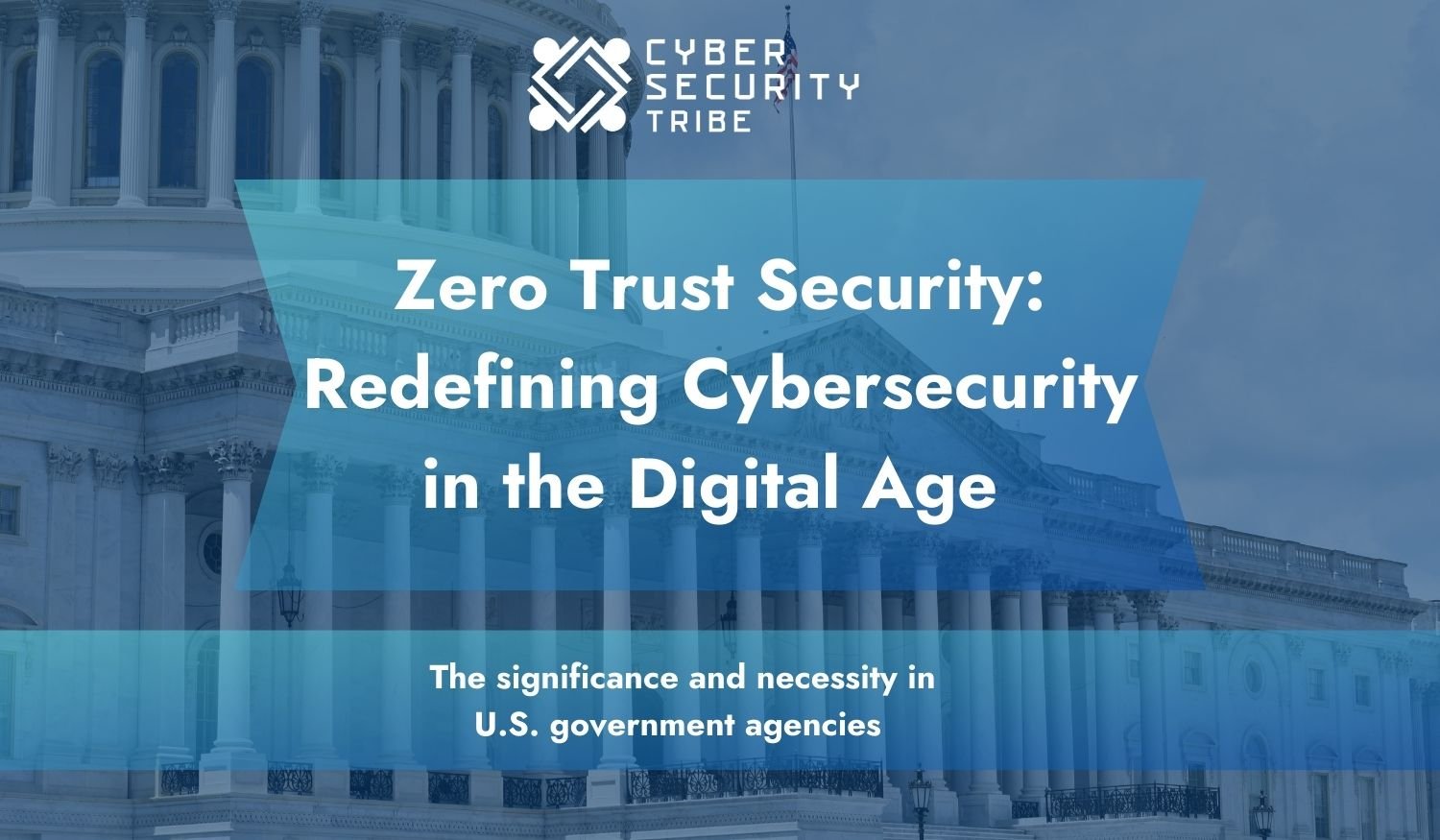The Data-Centric Shift: Putting Data First
With the ever-growing risks faced by organizations, the security of data becomes paramount. In this article, an extract from the report 'Zero Trust Security: Redefining Cybersecurity in the Digital Age', we explore the powerful convergence of Zero Trust and data-centric security principles, highlighting their symbiotic relationship in mitigating a wide range of cyber risks. We delve into the numerous benefits that arise from this fusion, including enhanced resilience, minimized attack surfaces, regulatory compliance, and adaptability to the latest trends. From the implementation of robust encryption techniques to the strict enforcement of access controls, this integrated approach guarantees comprehensive protection in today's increasingly complex cyber landscape.
The Data-Centric Shift
Aligned with Zero Trust, a profound shift is occurring in cybersecurity - a transition to a data-centric security approach. Unlike traditional models that focus primarily on fortifying network boundaries, a data-centric approach prioritizes securing the information, regardless of location or the methods used to access it. This approach acknowledges that data is the lifeblood of any organization, and its protection is paramount. Actually, data protection is the main reason for cybersecurity to exist.
By centering security efforts on the data, organizations are better equipped to address the nuanced challenges of a digital landscape. Data-centric security encompasses various aspects, including encryption, data classification, access controls, and data lifecycle management. These measures collectively ensure that data remains protected at rest, in transit, and during processing, regardless of where it resides—on-premises, in the cloud, or on mobile devices.
Convergence of Zero Trust and Data-Centric Security: A Holistic Solution
The convergence of Zero Trust and data-centric security principles form a powerful alliance capable of mitigating various cyber risks. By scrutinizing every access attempt and authenticating users using a context-aware approach, Zero Trust reinforces data protection by ensuring that only authorized personnel gain entry. Data-centric measures, such as strong encryption and fine-grained access controls, ensure that even if a breach were to occur, the exposed data would remain incomprehensible and inaccessible to unauthorized entities.
Furthermore, this synergy aligns with the evolving nature of technology trends. As organizations adopt cloud computing, IoT devices, and other emerging technologies, the boundaries of traditional perimeters dissolve. Zero Trust and data-centric security transcend these shifts, safeguarding sensitive information across diverse environments and platforms.
Benefits of the Convergence
- Enhanced Resilience: Zero Trust's rigorous verification processes and data-centric measures fortify an organization's resilience against external threats and internal vulnerabilities.
- Reduced Attack Surface: The combined approach minimizes the attack surface by restricting unauthorized lateral movement and ensuring that only legitimate users and applications have access to critical data.
- Regulatory Compliance: The emphasis on data protection aligns with stringent data privacy regulations and helps organizations maintain compliance.
- Adaptability to Modern Trends: The synergy of Zero Trust and data-centric security accommodate the proliferation of cloud, mobile devices, and IoT, ensuring consistent protection across a diverse technological landscape.
- Efficient Incident Response: With granular monitoring and continuous authentication, organizations can expeditiously detect and respond to anomalies, mitigating potential breaches before they escalate.
In today's data-driven world, the combination of Zero Trust and data-centric security stands as an essential defense against the ever-evolving cyber threats. This powerful partnership not only protects organizations from potential breaches but also empowers them to adapt, thrive, and comply with regulations, securing their digital future with unwavering effectiveness.

Download the Report
Download your complimentary copy to gain access to the full report
Share this
You May Also Like
These Related Stories

5 Tips to Mitigate the Risk of Sensitive Data Exposure

The Data Conundrum: How to Share Sensitive Data Without Sacrificing Security, Compliance, or Privacy


